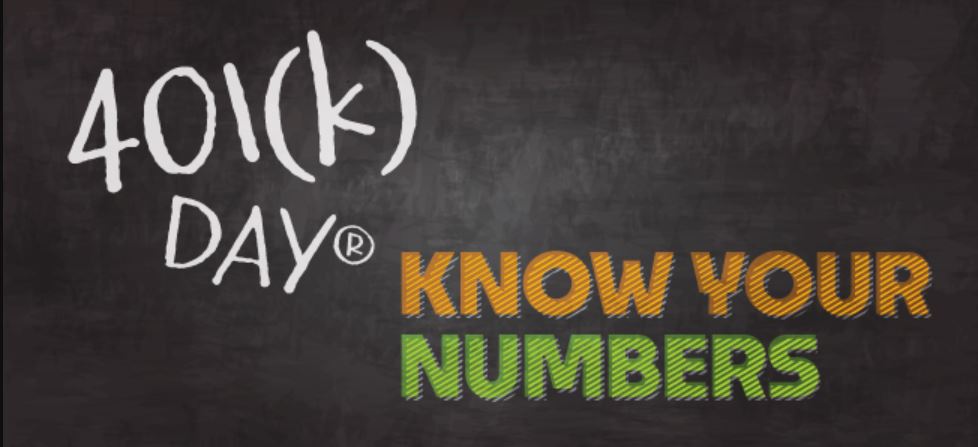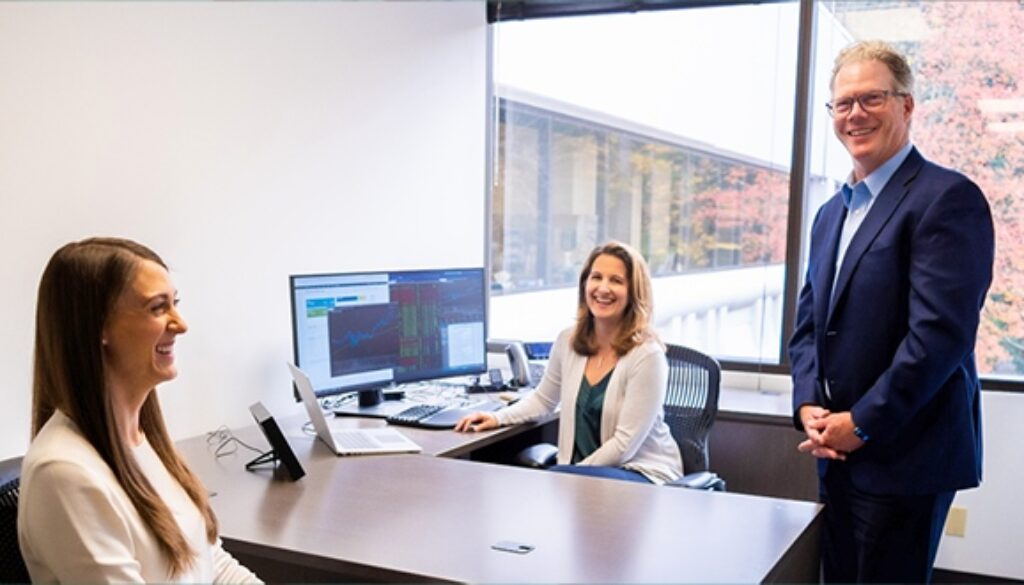National 401(k) Day

Three Pieces of Retirement Advice
When it comes to retirement savings tips there is a lot of noise out there, but here are three recommendations Emerald considers to be the basics, and their importance can’t be overemphasized! If you have any questions or want to discuss this further, we are always here to help.
- Maximize your 401(k) match.
If you are fortunate enough to have a 401(k) plan, be sure to maximize your employer match!
All employer 401(k) plans are different, so let’s use an example. A company may offer a 100% match up to 4% of your salary. The strategy here is simple: contribute 4% of your pay. Since 401(k)s are tax-advantaged retirement accounts, your contributions are made with pre-tax dollars. Additionally, your company’s match and any earnings in the 401K are tax-deferred, so there is no income tax on that money until withdrawal.
401(k) plans can and do vary; some 401(k)s match at 100% up to a certain percentage of pay, some at 50% (or another rate) up to a particular pay percentage, some have vesting schedules, and some have different match rules. One drawback to a 401(k) is that you may have limited investment options within the plan. A great way to diversify away from limited investment selections or mutual fund families within a 401(k) is to have an IRA in addition to the 401(k). Be sure to take advantage of that employer match!
- Open an IRA and maximize your contribution.
Now that you are maxing out your employer match, the next step is to contribute the yearly maximum to an IRA. For 2022, the maximum combined contribution limit for both traditional and Roth IRAs is $6,000. For those aged 50 or older, the catch-up contribution bumps up the maximum to $7,000. If possible, contribute the max!
- A traditional IRA allows you to contribute pre-tax income that grows tax-deferred. There are no income taxes on dividends or capital gains until withdrawal (usually at retirement). Additionally, traditional IRA contributions are tax-deductible in the year during which the contributions are made within certain income limits. Keep in mind these limits can change yearly.
- A Roth IRA differs from a traditional IRA in that it offers tax-free withdrawals during retirement, but you’ll pay taxes on contributions the year they’re made. Roth IRAs are advantageous if you expect to be in a higher tax bracket during retirement than now. There may be other advantages to Roth IRAs depending on your situation, so a conversation with an experienced financial planner is a smart idea.
Regardless of which vehicle you choose, just make sure you maximize those yearly contributions!
- Automate your IRA retirement contributions.
If you make 401(k) or 403(b) contributions, you’re already using automation via your company’s payroll department. Why stop there? Automating contributions to your other retirement accounts can be just as easy and provide you with several advantages:
- Benefit from dollar-cost averaging: An automated retirement savings contribution reduces market timing risk and gives you a dollar-cost average price over time. This strategy eliminates buying at peaks and during market downtowns, allows you to purchase at lower levels than obtained via a manual approach. Plus, you won’t have to worry about missing the IRA contribution deadline each year (April 15th, 2021, for tax year 2020).
- Avoid excess spending: It’s not to say that you don’t have the willpower. Sometimes it just feels like you have more money to spend than you do. Automating retirement savings ensures your plan stays on track. Of course, it is nice to buy yourself something periodically — just keep those golden years in mind! Discipline now goes a long way over time.
- Lower your stress: An automated savings plan lowers your stress level! No more regrets, deadlines, or “should have, would have, could have.”
- Save time: Do you wish you had more free time? Automate your retirement investing and put some precious hours back into your free-time bank. Eliminating even one task can help.
So, remember:
- Maximize your company match on your 401(k) by maxing out your contributions.
- After maxing out your 401(k) at work, open an IRA and max out your contributions.
- Automate your investments.
These are just three retirement savings building blocks — there are other strategies we can discuss as well, but this is a good place to start.
Do you have kids that are about to start a new job that offers a 401(k) plan, and they are asking you about retirement planning? Point them in our direction, and we can discuss the best place for them to start while taking into consideration their unique needs. Just remember that Emerald is always here to help and you can book an appointment online when you are ready to discuss retirement planning.




